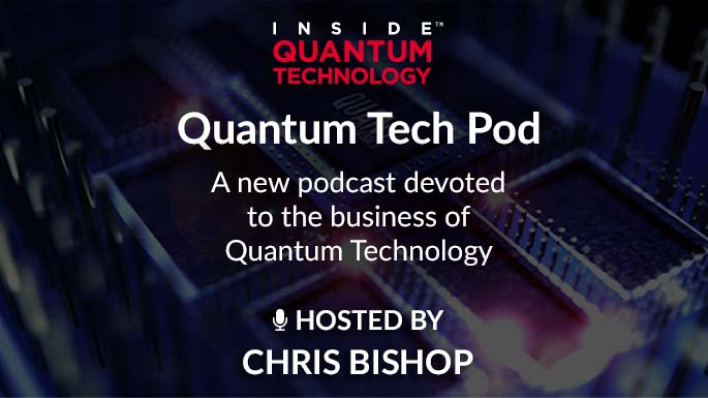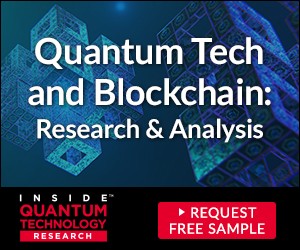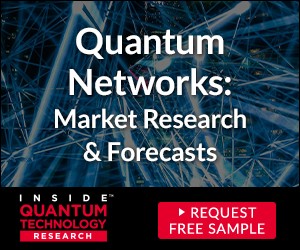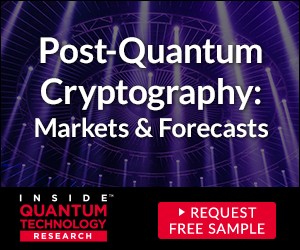Sociable Quantum Network Fires Up; Potential to Scale & Serve Millions of Users
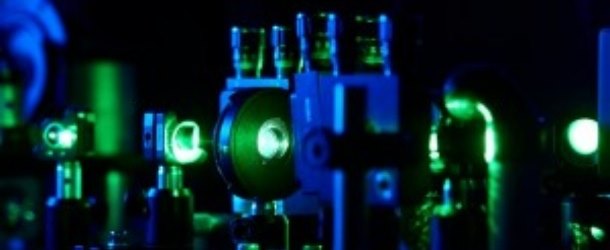
(OSA.org) A collaboration of scientists in the U.K., Austria, China and Croatia. The group has developed a networking scheme in which each user can exchange quantum keys with every other user on the network. The researchers demonstrated the new technology by setting up a network of eight users spread out across the city of Bristol in the U.K., and predict that it could eventually be scaled up to create a future quantum internet.
Scientists have previously demonstrated QKD across metropolitan networks with limited numbers of users, in cities such as Tokyo, Vienna and Geneva. However, those networks relied on what are known as trusted nodes, which route key values from one user to the next by converting quantum information to classical information and back again. Not only do these nodes require significant amounts of hardware, but the way they handle encryption keys makes them potentially vulnerable to hackers.
The latest research, led by Siddarth Koduru Joshi of Bristol University, does away with trusted nodes by exploiting the strange phenomenon of entanglement. Described by Einstein as “spooky action at a distance,” this involves an intimate connection between two or more distant particles such that the result of measuring a certain property of one particle is instantaneously reflected in the others.
The new work is an adaptation of a scheme set out by some of the team members two years ago. As in that earlier incarnation, the present network exploits wavelength division multiplexing to distribute entangled pairs of photons from a single source to multiple users. However, it also uses beam splitters for additional multiplexing. This means that fewer wavelength channels are needed for a given number of users.
Joshi is optimistic about the potential of this technology. Involving a linear scaling of detection hardware with the number of users, he reckons it could prove much cheaper than rival schemes. Indeed, he thinks it might be possible to build a network serving millions of users within the next 15 years—something akin to the quantum-mechanical version of today’s internet.

